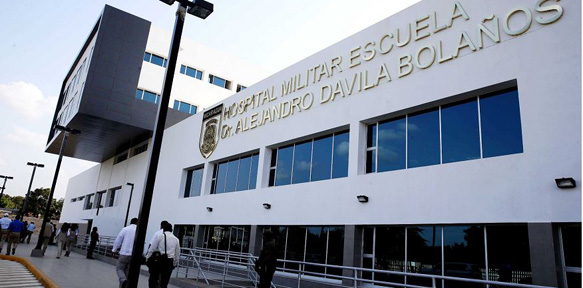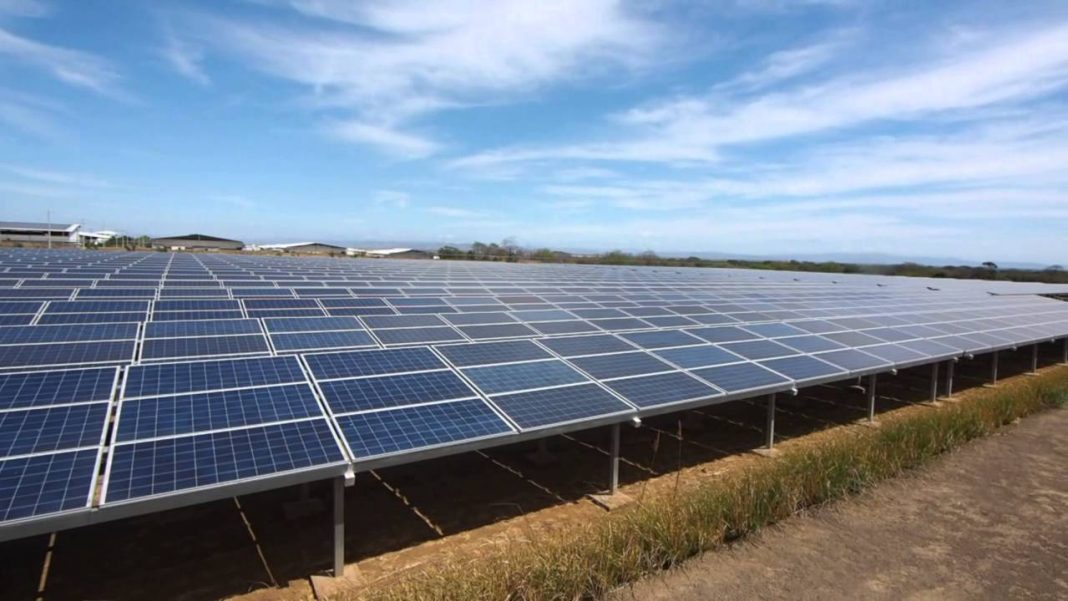Undoubtedly, the emblematic project, in terms of thermal solar energy, is the system inaugurated on October 9, 2018 at the Doctor Alejandro Dávila Bolaños Military Hospital in Managua.
With an investment of US $ 4.3 million financed through a soft loan from Oesterreichische Kontrollbank and Raiffeisen Bank International and with the United Nations Agency for Industrial Development (UNIDO), and the National Production Center more Clean from Nicaragua support; This system provides 30% of the demand required for air conditioning and 100% of the demand for hot water (used in various hospital operational functions, such as: personal, patients and doctors hygiene, food cleaning and preparation in the kitchen, for laundry area, among others).
The solar system was installed in a 4,450 square meters area, is composed of 338 thermal solar panels and will have an environment positive impact eliminating more than 1,100 tons of dioxide carbon emission each year.
It is the second largest system in the world, the largest in hospitals and unique in Latin America.

Despite the increase in systems number, solar energy only represents 1% of Nicaragua’s energy matrix.
There is a feeling that decision making is more market focused and not as a development issue.
The key is to associate the solar technology development with economic activities, establish a relationship between water resources, renewable energy and food security and base on renewable energy the climate change adaptation.
Currently solar energy provides energy security in contrast, for example, to energy supply via hydroelectric dams that depends on rains that are varying more and more throughout the region due to climate change.

Energy sources diversification becomes indispensable and has led to a solar energy investments growth.
This has been possible due to public resources contribution to support this technology development, the political commitment and the role carried out by the private initiative.
In this sense, it is worth highlighting the work that the BID is doing in the region.
In spite of advances, the pending subject continues being the regional energetic integration.
An energy networks extension at regional level would help lower costs and a energy supply diversification would guarantee greater energy security.
All you need is Sun. All you need is Sopelia.

